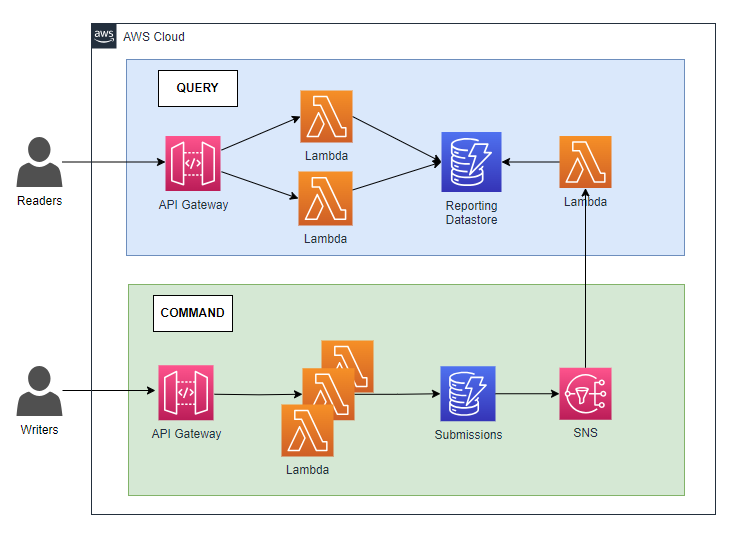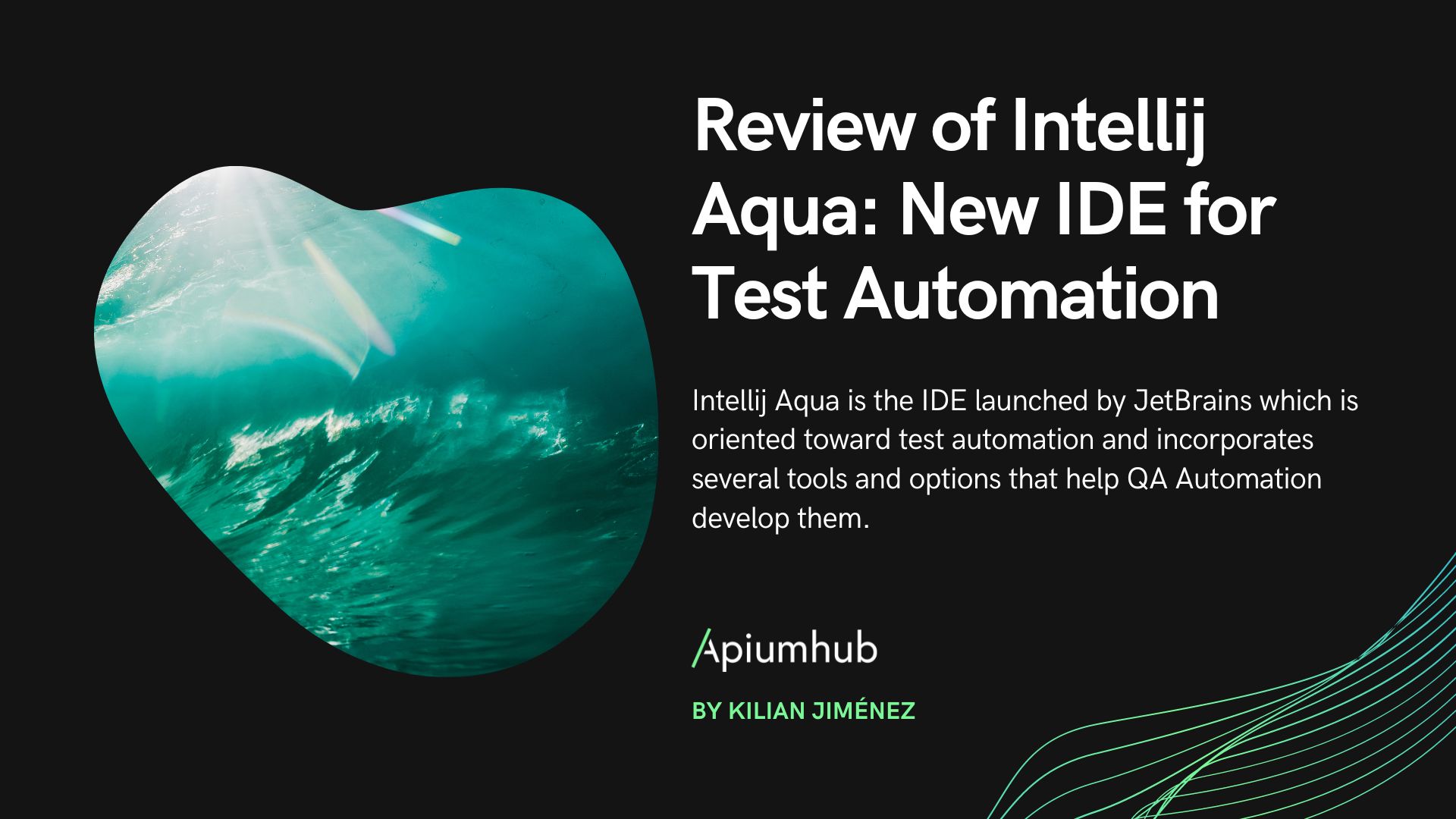- Let's make Cloud ☁️
- Posts
- Let's make Cloud #38: Improving Performance with CQRS, A New IDE For Test Automation, Moving code between GIT repos, Automated Mass Tagging
Let's make Cloud #38: Improving Performance with CQRS, A New IDE For Test Automation, Moving code between GIT repos, Automated Mass Tagging
Improving Performance with CQRS, A New IDE For Test Automation, Moving code between GIT repos, Automated Mass Tagging
Hello CloudMakers!
I hope you've had a refreshing summer break, soaking up the sun and recharging your batteries. As we welcome September, I am beyond thrilled to kickstart this post-holiday edition with some electrifying news. I've been named an AWS DevTools Hero! 🎉
Being recognized by Amazon Web Services amplifies the commitment and dedication I've poured into the cloud realm. I am genuinely grateful and motivated to bring even more content, insights, and resources to this community.
As always, our journey in "Let's Make Cloud" is about exploration, learning, and community growth. So, today we shall see:
Improving Performance of AWS Serverless Applications with CQRS
A New IDE For Test Automation
Moving code between GIT repositories with Copybara
BONUS: Automated Mass Tagging in AWS Across Accounts and Organizations
Enjoy!

Improving Performance of AWS Serverless Applications with CQRS
Every application faces challenges, especially when reading and writing data. This is where CQRS (Command Query Responsibility Segregation) comes in. It's a method that separates reading data from updating it, helping to improve performance, scalability, and reduce complexity. Instead of having one endpoint that does both tasks, with CQRS, we have distinct read and write endpoints. In this article, we'll delve into how this simple design pattern can make a big difference in your applications.

IntelliJ Aqua: A New IDE For Test Automation
Test automation has found a new ally in JetBrains' latest IDE offering: IntelliJ Aqua. Designed with QA automation in mind, this platform brings together a suite of tools aimed at simplifying and enhancing test development. With it currently being available for a free preview, it could be interesting to investigate its offerings firsthand. In this exploration, we'll dissect IntelliJ Aqua's features and determine its potential role in reshaping the landscape for automation QAs.

Moving code between GIT repositories with Copybara
Imagine having an internal repository that you wish to open-source parts of, or multiple repositories that require simultaneous code updates. How do you streamline such tasks? Enter Copybara, a declarative tool designed to automate GIT change syncing between repositories. It functions by letting users describe the source and destination repositories and any desired code transformations. What's more, it utilizes Starlark—a subset of Python that guarantees consistency (executing the same Starlark code twice will yield identical results). For those who've found GIT submodules lacking but still need to manage interdependent GIT projects, Copybara is a worthy contender. And on a lighter note, its name and capybara-themed logo brought a delightful smile to my face!

Automated Mass Tagging in AWS Across Accounts and Organizations
In the AWS ecosystem, resource tagging plays a pivotal role in organizing and managing cloud assets. This article provides an in-depth exploration of automated tagging using Python Lambdas, presenting a multi-tiered strategy tailored to different organizational needs. As the complexity of AWS operations increases, a systematic and efficient tagging approach becomes essential. This guide offers a structured methodology, emphasizing the balance between automation and team-specific requirements, ensuring effective cloud management.

Thank you for reading my newsletter!
If you liked it, please invite your friends to subscribe!
If you were forwarded this newsletter and liked it, you can subscribe for free here:
Have you read an article you liked and want to share it? Send it to me and you might see it published in this newsletter!
Interested in old issues? You can find them here!



